CPE Asks … About Office Amenities
Experts weigh in on the employee perks that have fallen out of favor, and what’s taking their place.
By Roxana Baiceanu
Which once-popular office amenities are no longer seen as necessities?
Camille Ames, workplace strategist, Vocon
❝Workplace perks that were once seen as the must-have ‘cool’ and ‘fun’ amenities, such as game rooms, ping-pong tables, and beer taps, are not as high on the list of priorities for many employers today. As young employees continue to filter the workplace, it has become more apparent that what they are looking for in a workplace goes beyond the flashy and trendy office perks. Employers are implementing a holistic approach to workplace design, focusing more on employee experience as a whole. Successful workplace design not only empowers employees to choose where they work based on task, but it also supports work-life balance and enhances health and well-being.
Employees perform their best when they have control over their environment, so incorporating spaces to support a variety of behaviors—such as common areas and a central café for socializing—as well as spaces for group work and quiet areas for focus is key. Other perks companies are prioritizing in their space revolve around providing the bookends to employees’ day and focus on promoting health and well-being. These amenities include sit-to-stand desks, access to natural daylight, onsite healthy food options and design elements that encourage activity throughout the day such as a walking track or gym.❞
Christina Clark, managing principal, Cresa
❝Companies regularly switch up office amenities to appeal to current and prospective talent. Ideas often come from the latest office profile or trend piece published in a business magazine but while many seem attractive, they either are not a cultural fit or quickly become unused. For example, games like ping-pong and balance beams. Unless an executive or manager leads the charge to play frequently, novelties like these are fun for a moment and quickly become dust collectors, taking up valuable and expensive space.
What executive teams often forget is that your employees are your most valued resource when (you’re) evaluating amenities. At Cresa, we recommend our clients poll the office to see what amenities employees value most, analyze usage of the current amenities, and receive feedback from peer companies on what employees are utilizing. The results may surprise you…recently, a client’s employees preferred training and professional development to a life size chess board.❞
Julie Whelan, head of occupier research, CBRE
❝Amenities remain very important to workforce and we see it as a critical element in the employee engagement process. Workplaces are in a period of rapid evolution as are the amenities provided in them. Many amenities that once were enough to satisfy the employee population are now expected necessities in the employee experience; access to transit or parking, coffee, cafeteria and fitness facilities fall into this ‘expected’ camp. When employers either do not provide these things or do not deliver them well it detracts from the employee experience.
However, when done right (the amenity) is so expected that it also doesn’t do a great deal to add to the employee experience. What we are seeing today are amenities and services being added to the workplace that are unexpected and therefore provide a boost to the employee experience. In some cases these are wellness offerings such as access to green space, on-site healthcare facilities, wellness services or fitness classes. In other cases it is even concierge services that are giving employees the gift of time back in their lives. Either way, amenities have sailed beyond automatic coffee machines and treadmills.❞
Ray Cisco, vice president, James McHugh Construction Co.
❝In the past decade, the expansion of technology and teleworking capabilities, combined with a younger and more nimble workforce, has caused commercial developers to redefine the concept of the office amenity. Traditional office amenities of the past are still present in today’s modern offices—kitchens, break areas, fitness centers—and have been complemented by even more attractive perks, such as recreation rooms,cafés and extended outdoor spaces.
But expand that traditional definition and there’s one amenity that used to be coveted but today is neither popular nor valued: the large, private corner office. Flexibility is the new amenity, with many of today’s companies recognizing the value in open work spaces, without the single offices, dedicated cubicles, and even walls that act as barriers to collaboration. Team members move and work freely throughout the office footprint, turning amenity spaces into work spaces and enabling commercial tenants to maximize their square footage.❞
Paul Newman, partner & vice president, Kimmerle Newman Architects
❝Tenants are reevaluating many traditional office elements in order to promote real world workplace interaction, while also renewing their focus on their employees’ practical wants and needs. The large, 30-seat, flex-use conference room, often seen with complicated folding walls, is giving way to smaller-sized, drop-in meeting or huddle spaces in various formats. Wide-open workspaces with no privacy at all are less popular, as tenants question their use and effectiveness based on employee feedback.
On the flip side, private facilities for senior management are falling out of favor as well. Additionally, amenities like ping pong and pool tables, slides, fireman poles, and ziplines that seemed ‘fun’ initially are often disused and ultimately don’t justify the space they occupy, and therefore are much less in demand. Complex technology with lengthy setup times can be impractical and even burdensome, and figures less into our clients’ requirements today. In common areas, fountains, planters, and empty granite lobbies are (being transformed) into active gathering spaces with open cafés and informal seating areas. For purposes of employee satisfaction, employers are looking for quality ergonomic chairs and desks, temperature comfort, quietness and privacy, cleanliness, natural light and simple, functional technology.❞
You’ll find more on this topic in the November 2018 issue of CPE.

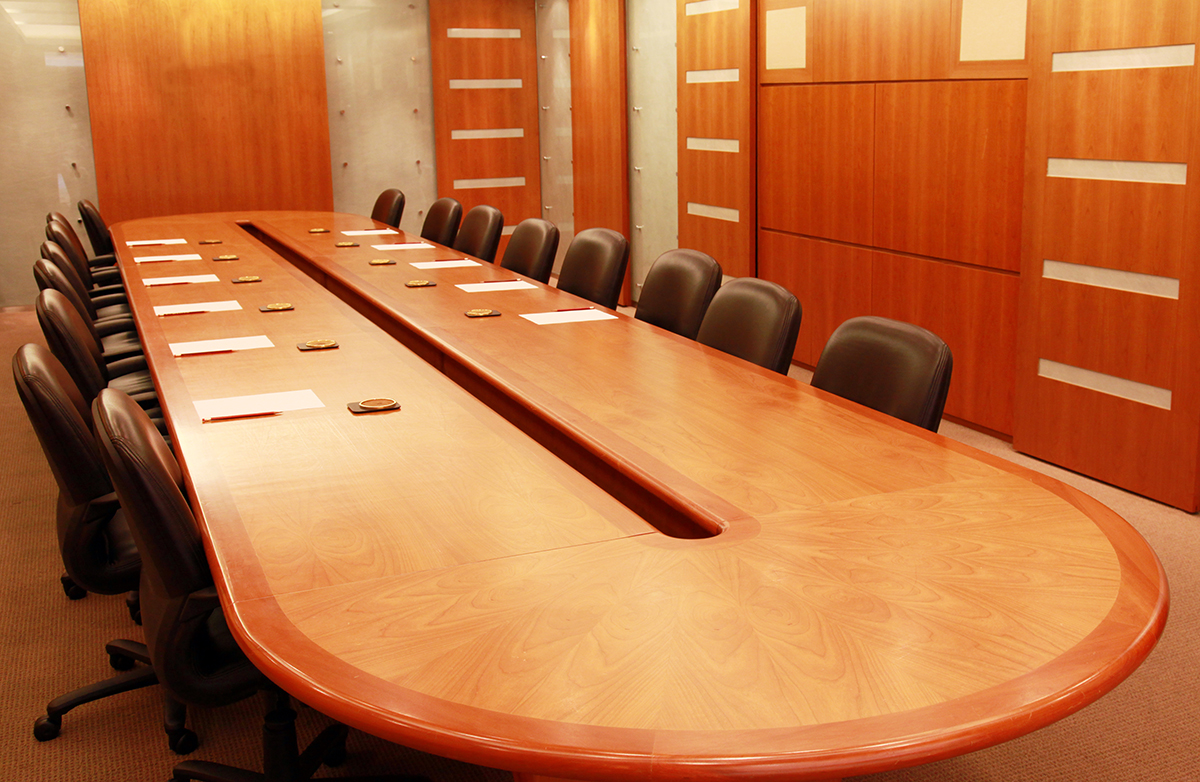

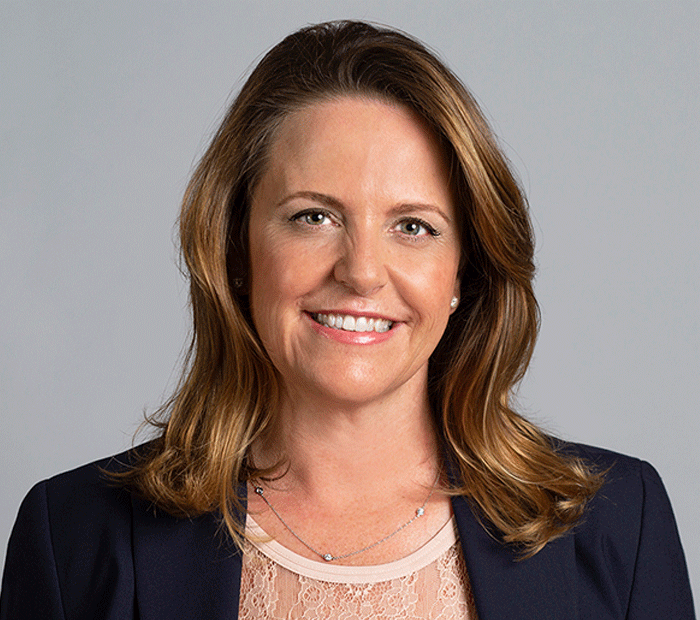



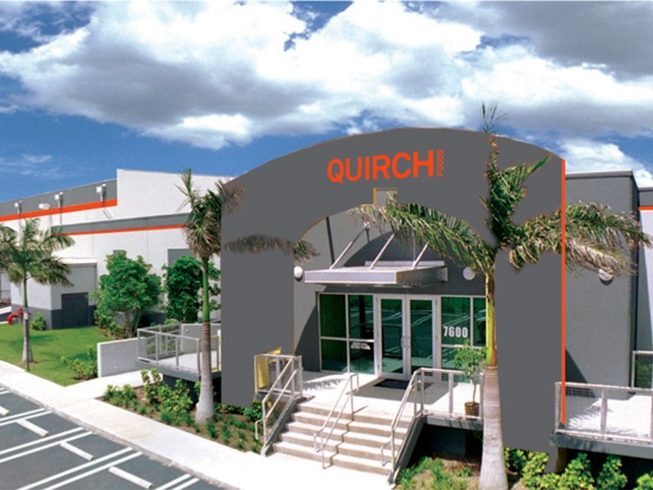
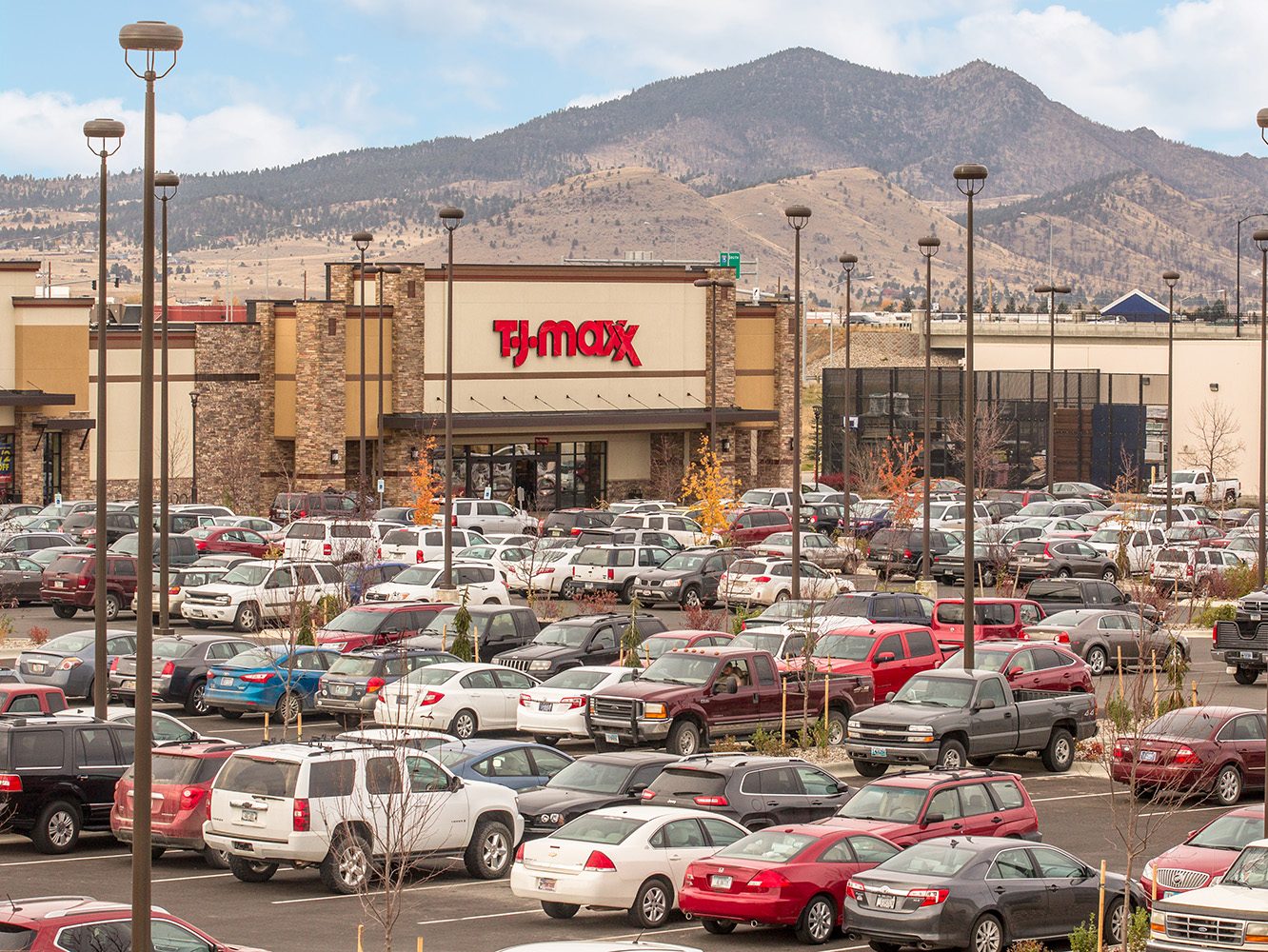
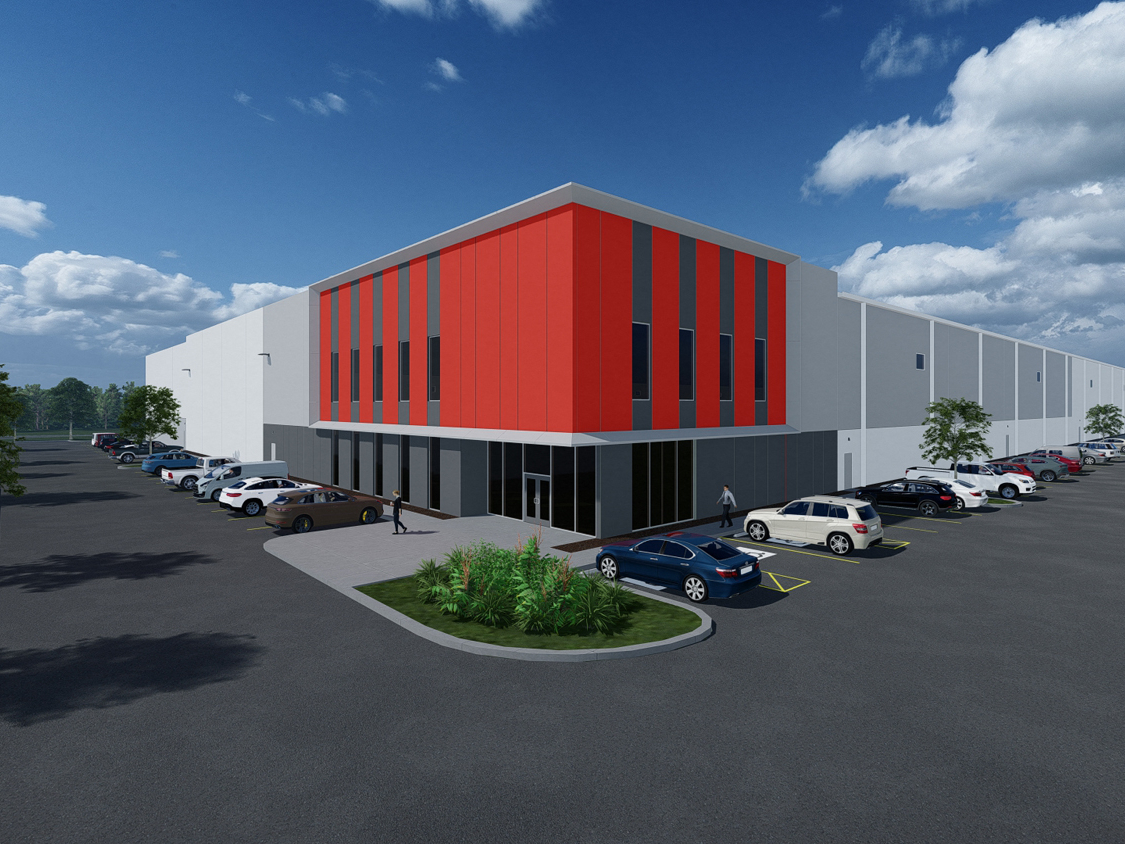
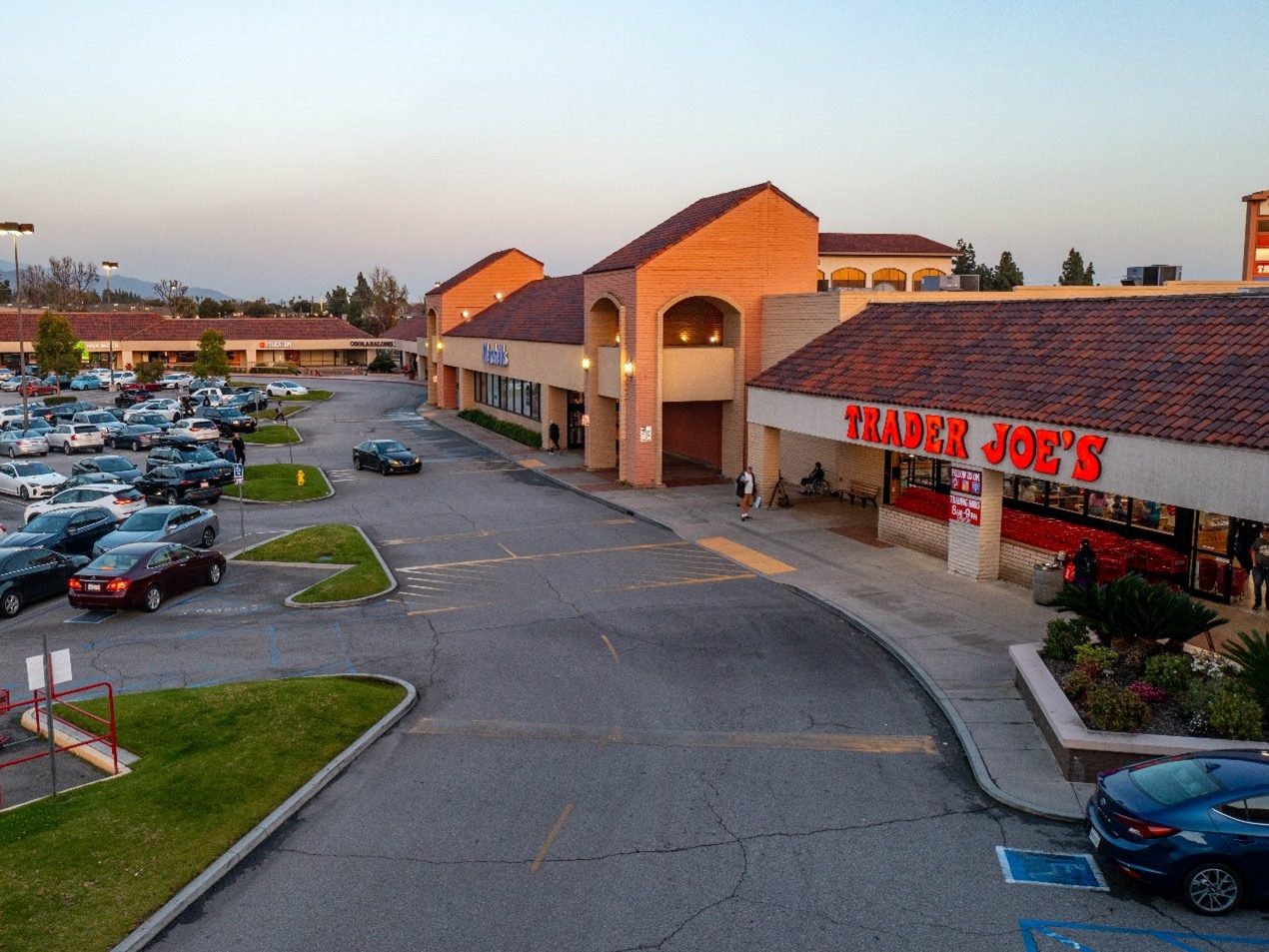


You must be logged in to post a comment.